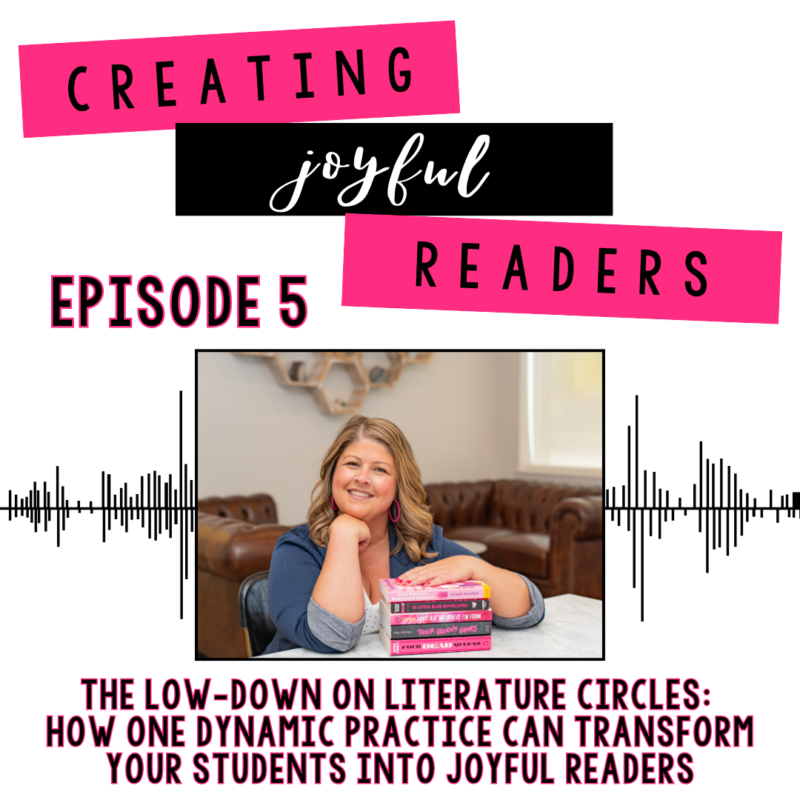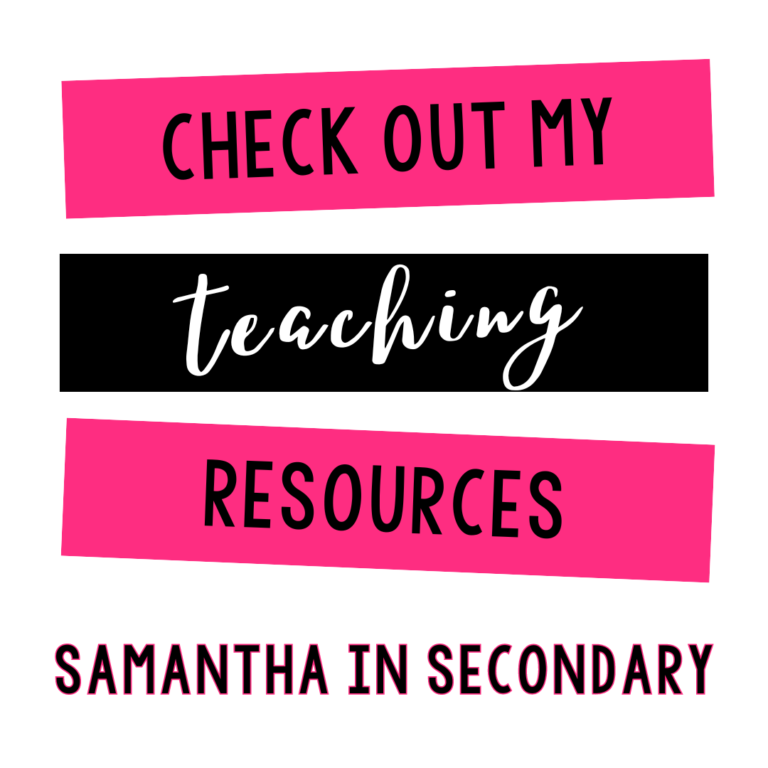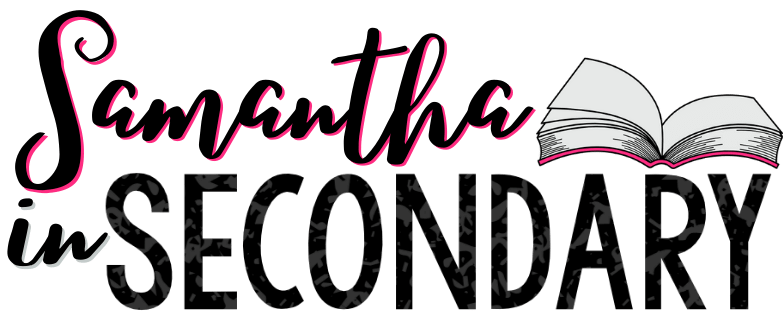Today’s episode is very near and dear to my heart and I am so excited to begin this journey with you. I knew early in my teaching career that literature circles were going to be an important part of my practice. Watching the power of literature circles in molding lifelong readers was transformative for me. Lit circles aren’t new. Maybe you’ve heard of them, but have been too afraid to try them, or maybe you’re a seasoned pro and have been running lit circles for a long time. No matter where you fall on the spectrum, tune into today’s episode because I’m going to break down exactly why this practice belongs in your 21st century ELA classroom and how we’re going to leverage it to create joyful readers.




